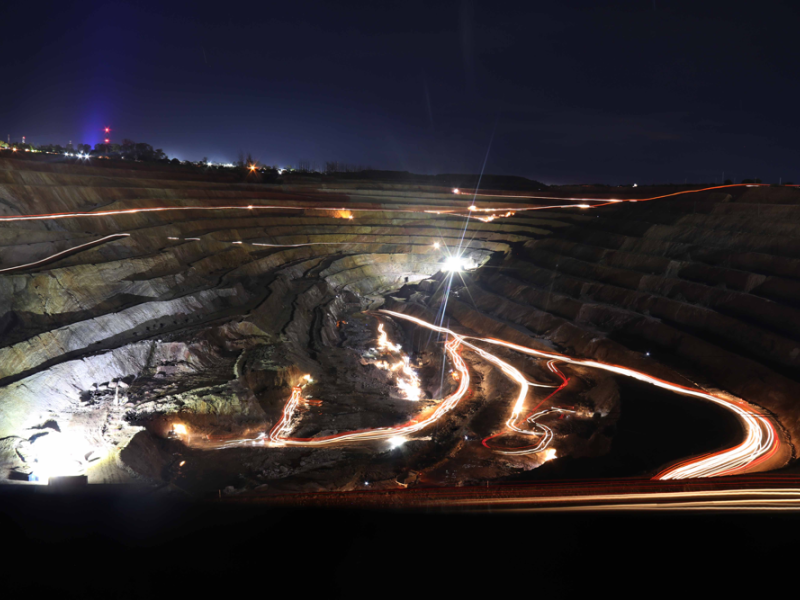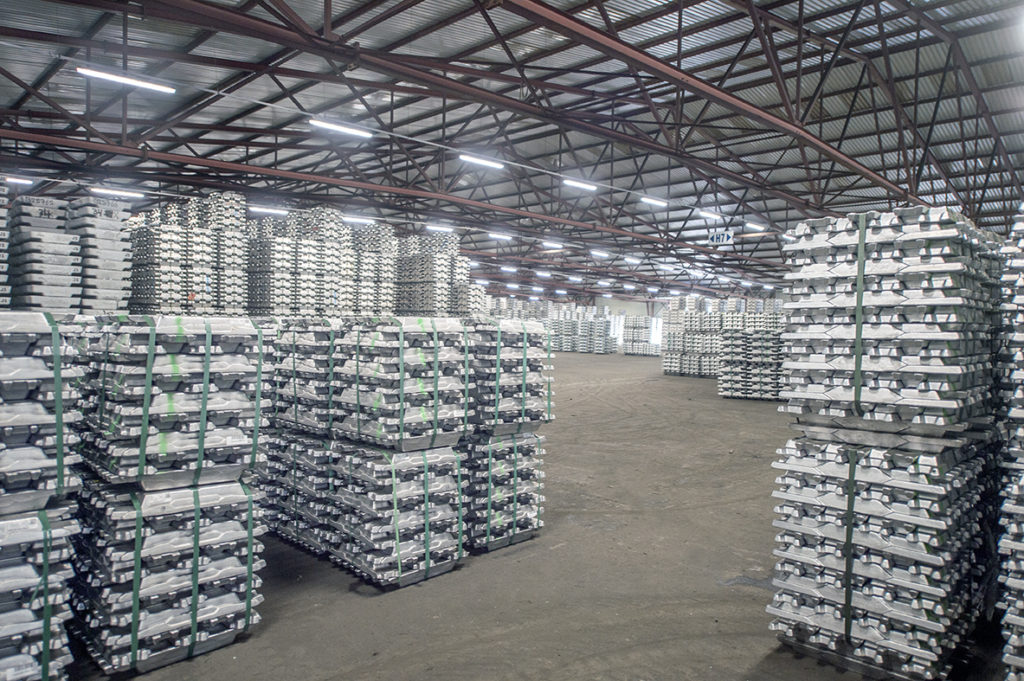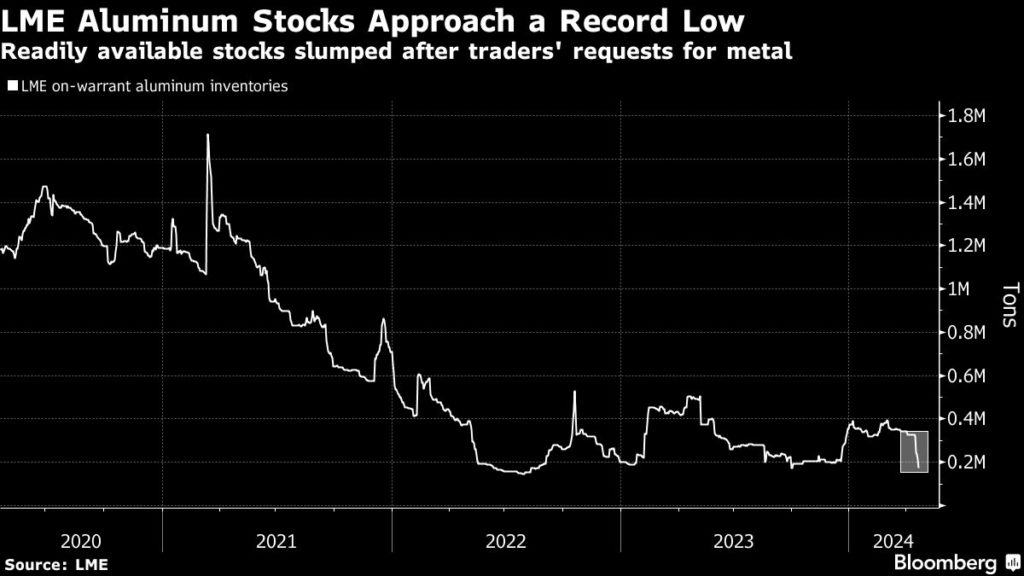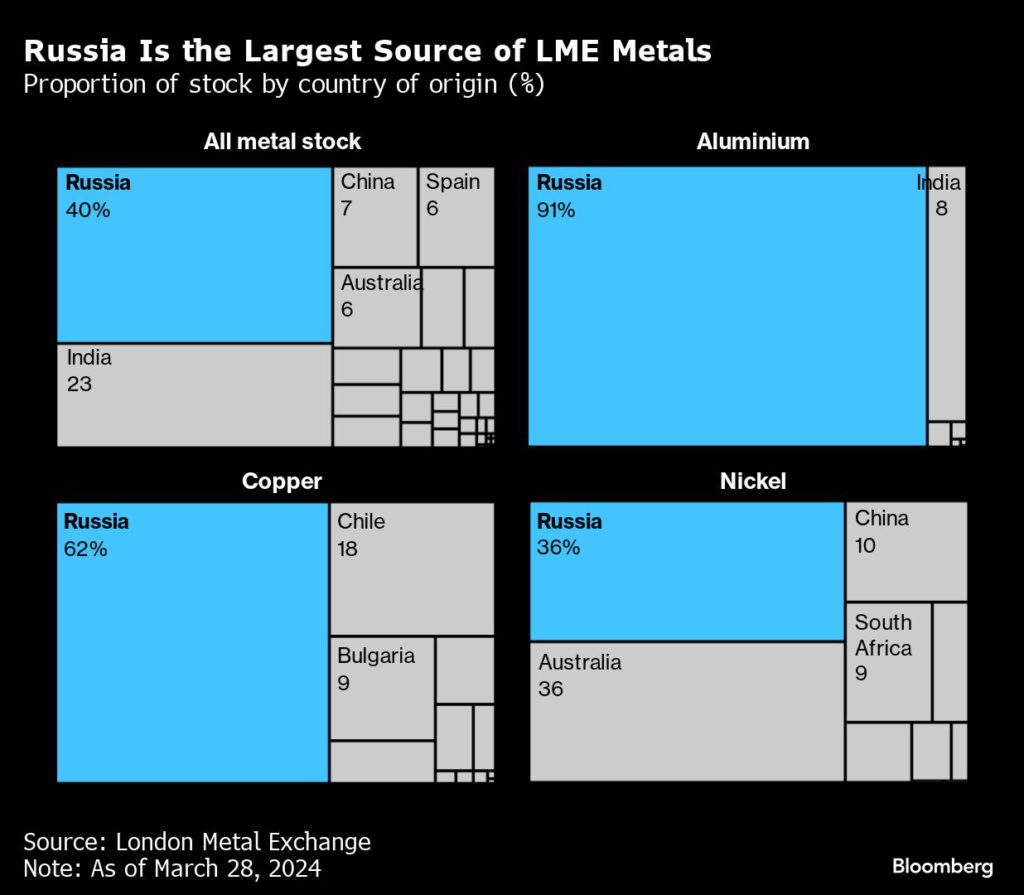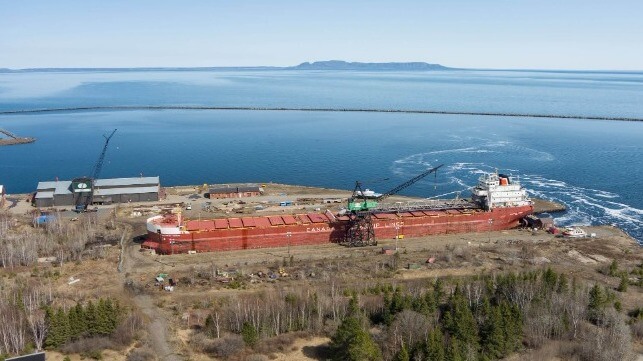US-based researchers conducted the widest-ever hydrological tracer analysis of the Dry Andes region in Chile, Argentina, and Bolivia
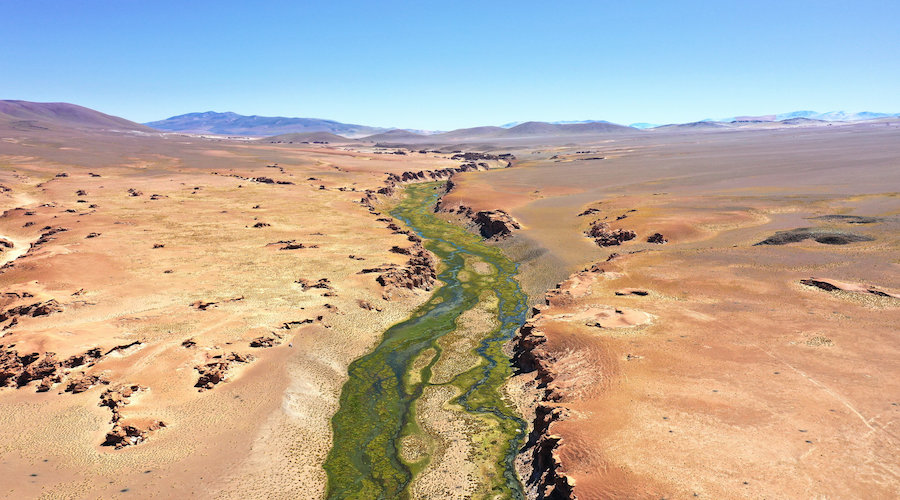
Water in the Andes. Credit: David Boutt, University of Massachusetts Amherst
US-based researchers conducted the widest-ever hydrological tracer analysis of the Dry Andes region in Chile, Argentina, and Bolivia and found that the area is more sensitive than previously thought to activities such as mining, which may disrupt the presence, composition and flow of both surface and subsurface water.
In a paper published in the journal PLOS Water, the team explains that until now there has been no reliable, comprehensive understanding of exactly how the hydrological systems in extremely arid landscapes work, which means that environmental regulators don't have the information they need to best manage the mining industry and the transition to more environmentally sustainable future.
“We've been thinking about water all wrong,” Brendan Moran, the paper's lead author and a postdoctoral research associate at the University of Massachusetts Amherst, said in a media statement. “We typically assume that water is water, and manage all water the same way, but our research shows that there are actually two very distinct pieces of the water budget in the Dry Andes, and they respond very differently to environmental change and human usage.”
Water is crucial for lithium mining, which isn't often found in solid form and tends to occur in layers of volcanic ash—but it reacts quickly with water. When rain or snowmelt moves through the ash layers, lithium leaches into the groundwater, moving downhill until it settles in a flat basin where it remains in solution as a briny mix of water and lithium.
Because this brine is very dense, it often settles beneath pockets of fresh surface water, which float on top of the lithium-rich fluid below. These fresh and brackish lagoons and wetlands often become havens for unique and fragile ecosystems and iconic species such as flamingos, and they are also composed of different kinds of water. Thus, Moran and his co-authors developed a method to differentiate types of water apart.
The technique allows researchers to determine how old any given sample of water is and trace its interaction with the landscape by using 3H, or tritium, and the ratio between the oxygen isotope 18O and the hydrogen isotope 2H. Tritium occurs naturally in rainwater and decays at a predictable rate.
“This lets us get the relative age of the water,” Moran said. “Is it 'old,' as in, did it fall a century or more ago, or is it 'contemporary' water that fell a few weeks to years ago?”
The ratio between 18O and 2H additionally allowed the team to trace how much evaporation the water had been subject to.
“The 18O/2H ratio is like a specific fingerprint because different water sources—streams or lakes—will have different ratios. This lets us know where the water came from and how long it has been near the surface and out of the ground,” Moran noted.
Old and young water
Together with co-author David Boutt, the postdoc met with stakeholders in the Dry Andes to sample nearly every water source in the entire region—an unprecedented feat, given how inhospitable and sparsely inhabited the region is—and to measure their various isotopes.
Doing so allowed them to discover that old and young waters don't really mix and behave very differently.
“The deep, old groundwater sustains the hydrological system throughout the Dry Andes,” Boutt said. “Only 20%–40% of the water is contemporary surface water—but that's the water that is most sensitive to climate change, storm cycles and anthropogenic uses like mining. Scientists used to think that surface water was the most stable water because it was constantly being recharged by runoff but in extremely arid places like the Dry Andes, that isn't true. And the problem is, this new understanding of how water works hasn't been incorporated into any management system anywhere.”
In Moran's view, the implications of these findings are immediate, which means that it is urgent to protect the various conduits—streams, rivers, seeps, and so on—by which fresh, young rainwater flows into the lagoons and wetlands that are so environmentally critical. It also means that managers need to develop different methods for managing young and old waters; there is no one-size-fits-all approach that will work.
"What we see in the Dry Andes is representative of hydrology in all extremely arid regions—including the US West. It's not limited to lithium mining either,” Boutt pointed out.
THIS ARTICLE WAS ORIGINALLY POSTED ON MINING.COM,
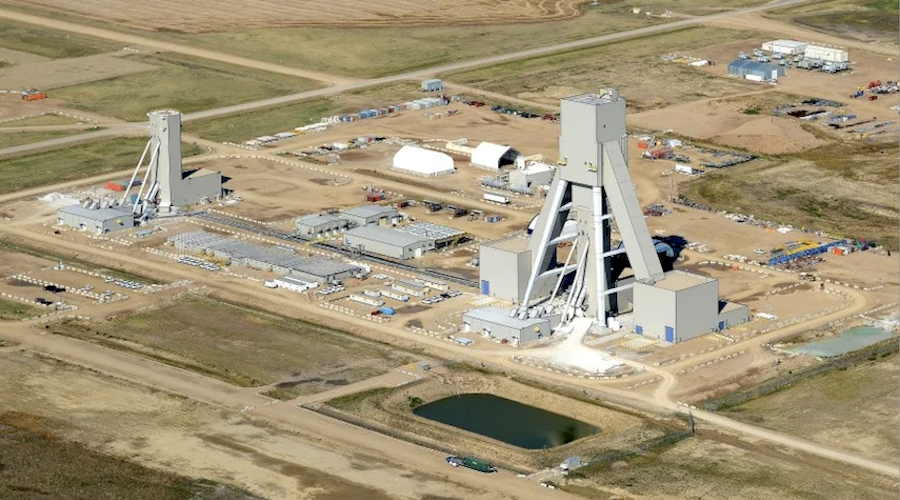

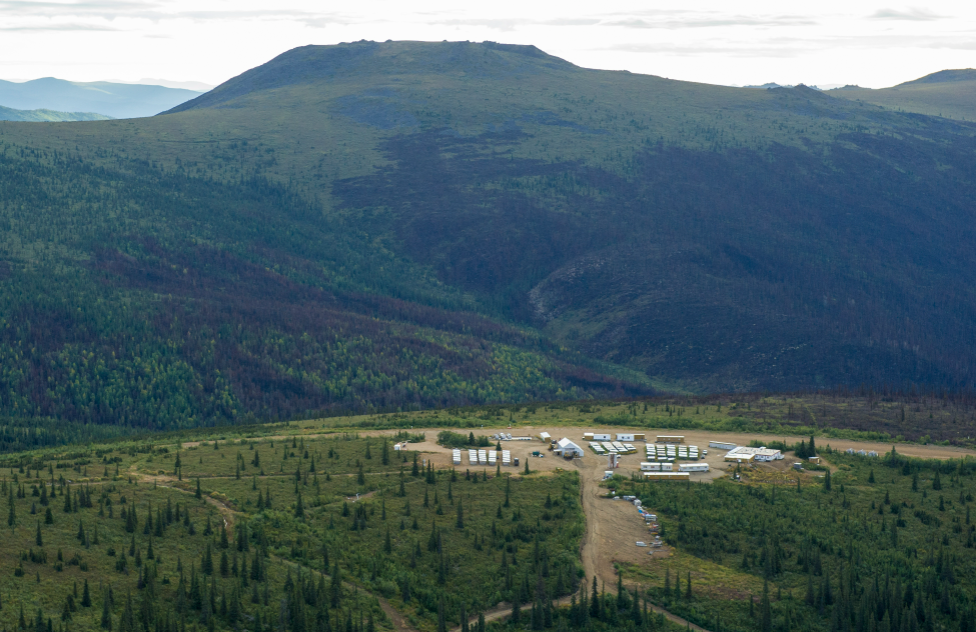

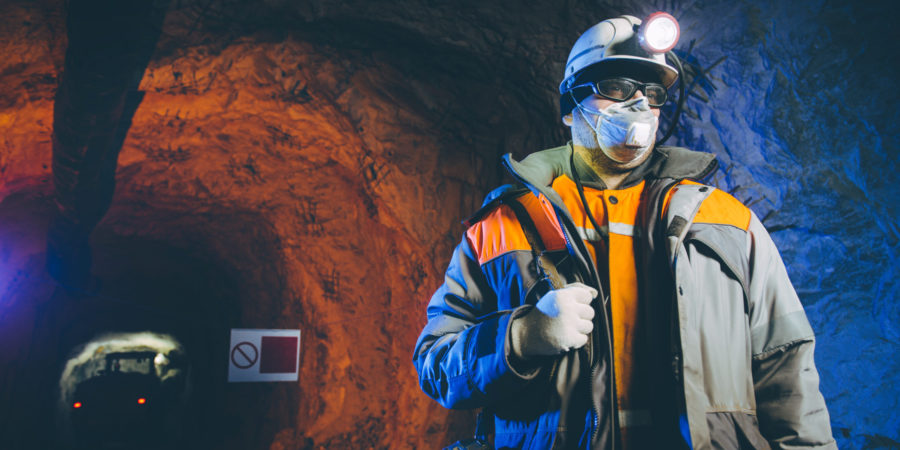 Stock image.
Stock image.